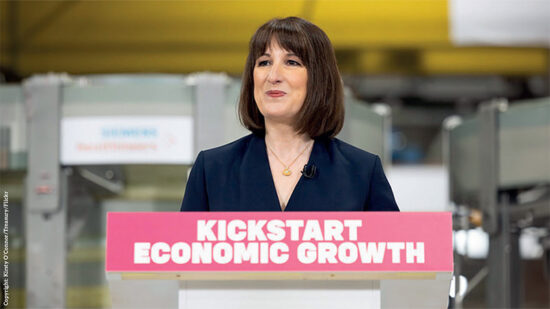Fund data and technology provider FE Fundinfo is calling for a change in how pension strategies are structured to deal with the rising cost of living a skyrocketing inflation.
On 18 May 2022, the Office for National Statistics (ONS) revealed that the Consumer Prices Index (CPI) reached 9% in April 2022 – the highest inflation figure in 40 years. The Bank of England expects this to rise to 10% by the end of the year.
As a result, the data provider is urging advisers to adjust their strategies accordingly, after discovering that the vast majority keep the same client risk profile once they hit retirement.
Toyosi Lewis, retirement specialist at FE fundinfo, said: “There is a broad consensus among advisers that capital protection in the early retirement years – typically one to three years – is important because of the potential impact that falling markets will have on future withdrawal amounts.
“Holding cash, or cash-like investments, remains a popular strategy, but also having an investment return that keeps pace with inflation over the longer term will be equally important.
“With market volatility impacting retirement portfolios across the globe and a shift from ‘Generation DB’ to ‘Generation DC’ entering retirement, we need to reframe the adviser/client conversation about risk, so that the inherent risk is not viewed in terms of an investment losing its value, but rather the client running out of money over the course of their retirement.”
Traditional models have ‘run their course’
FE’s adviser survey also revealed that the “traditional ways of thinking in retirement” are still prevalent, with around 75% of advisers believing that 3% or 4% annual drawdown would be sustainable.
This is despite the current inflation figures and the Bank of England’s forecasts.
According to the survey, advisers believe sequencing risk – a market fall in early retirement – is the biggest threat to clients at the moment, more than longevity, inflation, overspending or volatility.
Lewis added: “No retirement plan is, or will ever be, risk free. Moving to a decumulation approach essentially replaces one set of risks with another. For many investors it may seem counterintuitive to think about increasing their risk exposure as they approach retirement, but in a decumulation portfolio, the bigger risk might be running out of money rather than the value of an asset falling.
“As an industry, we need to do more to empower advisers with innovative investment solutions, in order to have these conversations with clients and move away from models and strategies which have perhaps run their course.
“With the fastest price rises we’ve seen in decades, rising inflation has been the topic on the minds of many financial advisers and their clients. Market volatility has also focused minds on the impact it has on client portfolios. Drawdown is complex and there is no ‘perfect’ solution to mitigate the challenges clients will face in retirement; having a process in place whilst maintaining a flexible outlook and approach is useful to anticipate, and react to, changing events as they occur.”








